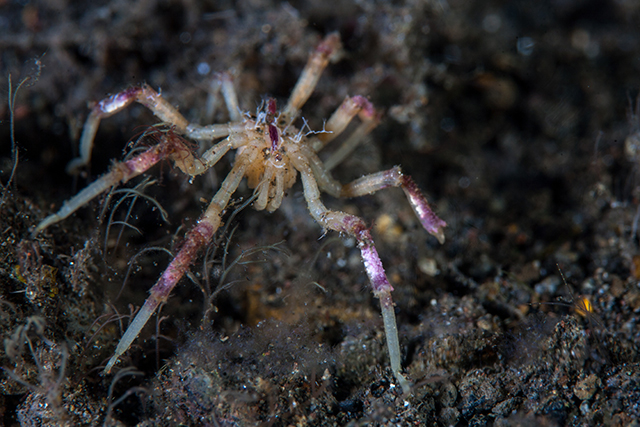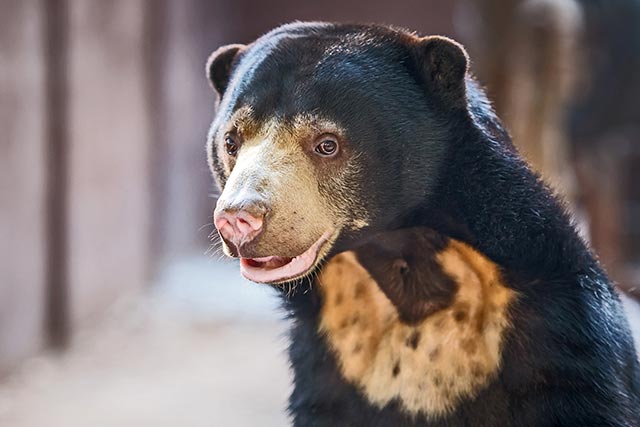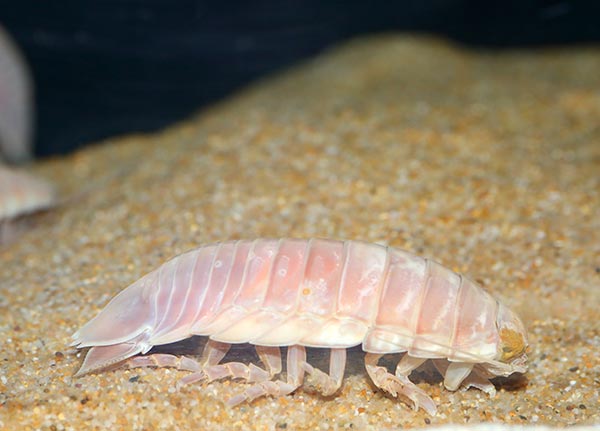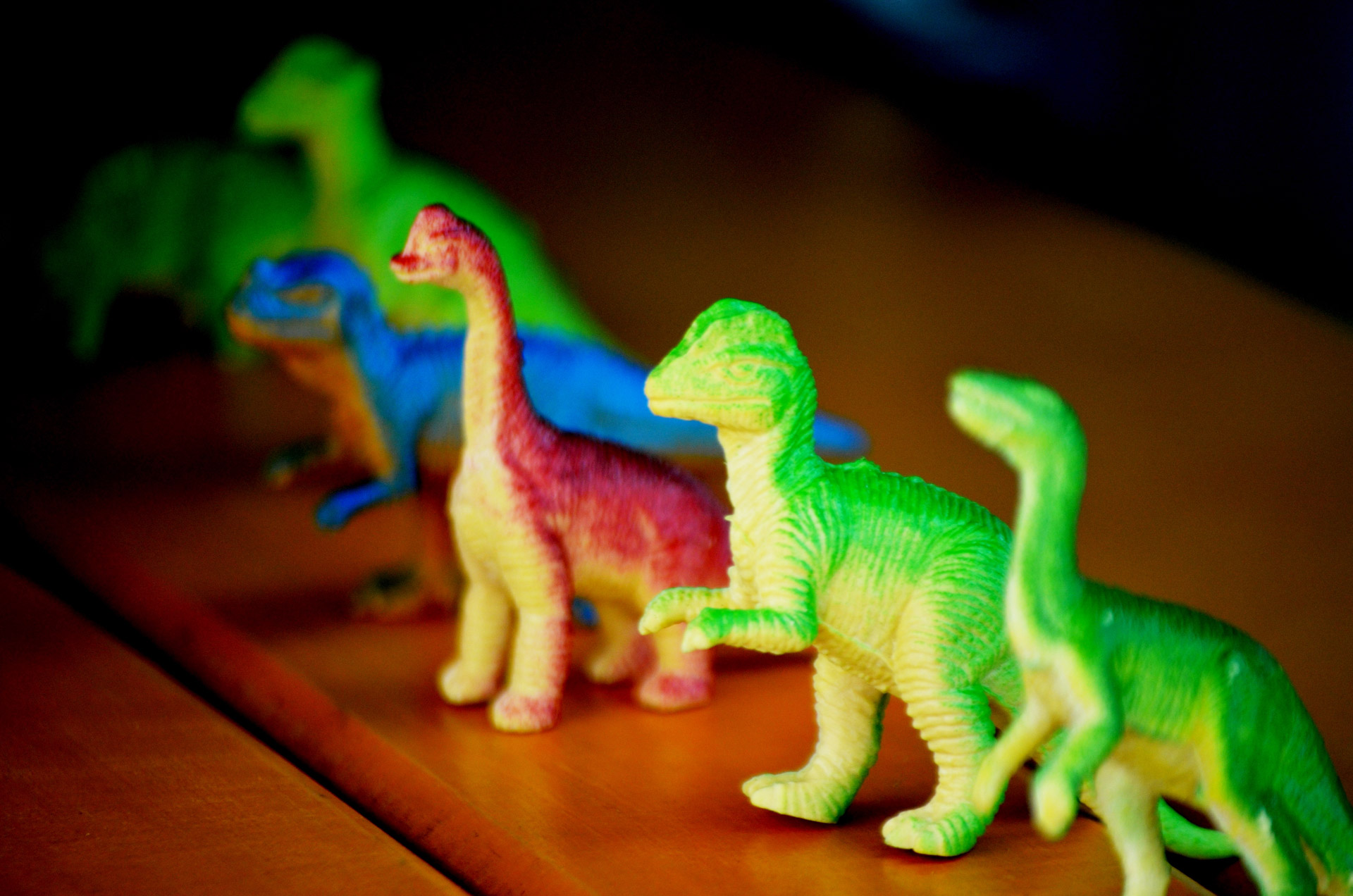The Lovecraftian giant sea spider grows holes in its legs… to help it breathe?
11/30/2019 / By Edsel Cook

The bottom of the sea is so weird that it might as well have come from another planet. And a strange environment produces fittingly odd creatures, such as the sea spider.
A marine cousin of terrestrial arachnids like spiders and scorpions, sea spiders look even more nightmarish. A recent study found that sea spiders also breathe in a manner that is similar yet different to their land-bound relatives.
Spiders breathe through the skin that covers their undersides. They have book lungs that work in a fashion like the lungs of vertebrates.
Similarly, sea spiders absorb oxygen through pores that cover the surface of their legs. The microscopic holes in the carapace grow alongside the animal, leading to the legs of the larger specimens looking like sticks of Swiss cheese.
However, sea spiders do not possess lungs or an active respiratory system. Instead, they rely on the much slower passive process of diffusion to carry oxygen throughout their bodies.
While a diffusion-based respiratory system works well for small animals, it doesn’t lend itself to large creatures. And in cold conditions, sea spiders may reach much larger sizes than they normally do.
But the pores in the legs of sea spiders compensate for the slowness of diffusion. They make it possible for the animals to grow bigger than expected, even in warmer waters that confine other animals to smaller sizes. (Related: Sailing scientists discover almost 200,000 marine virus species: Data can help biologists understand how viruses affect the marine ecosystem.)
Giant sea spiders recover just as quickly as smaller specimens
Researchers from the University of Hawai’i at Manoa and the University of Montana held an experiment at the McMurdo research station in Antarctica. They studied the effect of various water temperatures on sea spiders.
Their study covered six species. The researchers flipped the sea spiders onto their backs and counted the number of times an individual returned itself to an upright position before it grew too tired to move.
Further, they performed the tests at a range of water temperatures. They began at 28.8 F (-1.8 C), the preferred temperature of the sea spiders. Eventually, they reached 48.2 F (9 C).
The researchers expected that the bigger specimens of sea spiders would experience more trouble recovering their breath in warmer waters. To their surprise, the giant arachnids lasted just as long as the smaller sea spiders.
“We were amazed that not only could the giant animals survive at much higher temperatures than they usually see, but they dealt with warm temperatures just like the smaller ones,” explained researcher Caitlin Shishido. “That’s not supposed to happen!”
The cold temperatures of the Antarctic Ocean allow sea spiders to reach gigantic sizes
Most sea spiders will fit on a small coin. But the species that live in the deepest parts of the Antarctic Ocean may reach sizes of 20 inches (50 cm) across.
Other animals that live in the same deep or polar regions of the sea also grow to enormous sizes. Experts believe that these cases of gigantism may stem from the extreme temperatures.
“The idea is, it’s a lot of work for animals to capture oxygen and bring it all the way to their cells,” Shishido explained. “It’s a much bigger job for large animals than for small ones.”
In a cold environment, the metabolism of giant animals slows down to a crawl. They require much less oxygen, which in turn allows them to reach immense sizes.
Sea spiders also benefit from the cold temperatures. And as they get bigger, so do the pores on their legs, allowing the giant specimens to get enough oxygen from their surroundings.
Sources include:
Tagged Under: animals, Antarctica, arachnids, gigantism, insects, marine animals, marine life, oceans and marine life, passive diffusion, sea spiders, spiders, weird science, wildlife
RECENT NEWS & ARTICLES
COPYRIGHT © 2017 DISCOVERIES NEWS


















